Tesla Model Y Juniper - Everything We Know Thanks to Latest Leaks
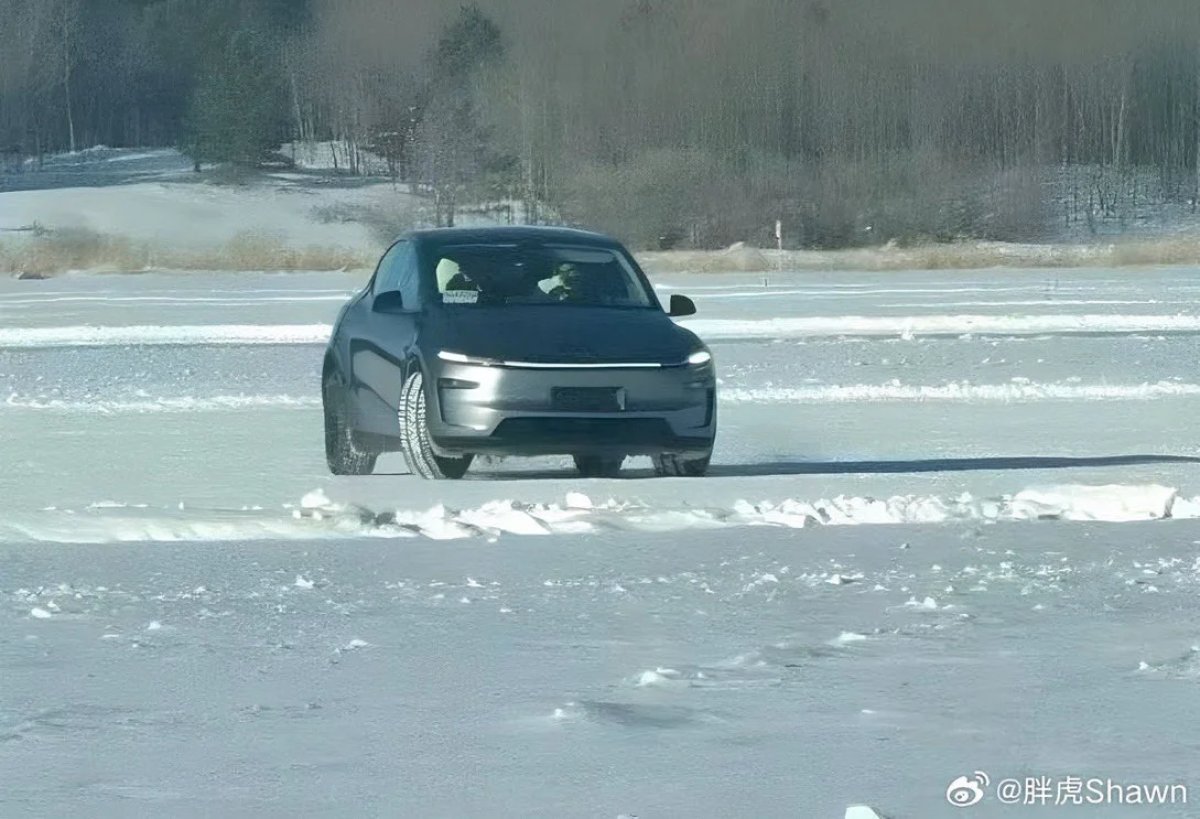
With the Model Y Juniper closer than ever, with production potentially beginning as soon as this month at Giga Shanghai, it is time to put all the cards on the table and take a look at everything we know about Project Juniper before it becomes a reality.
To make this easy, we’ll break this down into sections and then expand into what we know, what we expect, and any remaining rumors. This page should be a one-stop shop for everything we know about Project Juniper.
Battery & Range
Let’s kick off with the battery. While there were initial reports that Juniper could potentially get a 95kWh battery, this is relatively unlikely. The Model Y is aimed to replace the average SUV, which means that it has to compete against other SUVs in both price and range.
While the Model Y doesn’t take any trophies for range, it is priced attractively throughout the world, and this is one of the key reasons that it has been the best-selling vehicle globally in back-to-back years.
Instead, we’d go ahead and take a more conservative estimate and assume that the Model Y Juniper’s range will sit fairly close to the current vehicles. At best, a 10% range increase can likely be expected. Here’s our take in the table below.
Variant | Current Model Y | Model Y Juniper |
|---|---|---|
Long Range Rear Wheel Drive | 337mi | 350mi |
Long Range All Wheel Drive | 320mi | 340mi |
Performance | 311mi | 330mi |
In addition, Tesla will most likely use the same pack that currently exists in the Model 3 Highland - the two vehicles share many similar parts. This parts similarity offers Tesla the ability to rapidly and quickly scale vehicle production while also cutting down on production and service costs due to part sharing.
Changing to new battery tech, like the upcoming NC20s could be a possibility, but Tesla has previously mentioned they don’t expect to introduce these until at least late 2026. Instead, we’ll probably see updated versions of the CATL 6M packs for the RWD variant and 2170 cells from Panasonic or LG in the other two variants.
Wireless Charging Contacts
The Cybertruck shipped with a set of internal connectors to prepare it for a future retrofit for Tesla’s Wireless Charger - and we’re hoping to see this in the Model Y Juniper as well. After all, why not future-proof newer vehicles for robotaxi capabilities like wireless charging if the Cybertruck already has support?
Adaptive Suspension & Track Mode V3
The Model 3 Highland’s performance variant arrived with frequency-selective damping suspension, while the overall Highland package was improved with softer springs and a smoother ride. Plus, tuning for suspension options arrived in the Dynamics menu, enabling owners to tighten up or loosen up their ride based on what they felt most comfortable with.
Further tuning was enabled in Track Mode V3, which provided even more options and more control over vehicle endurance than Track Mode V2. Track Mode V3 will be a big jump for the Model Y Juniper, so we’re excited to see what they do here.
Light Bars & Front Fascia
All the leaked images we have seen of Juniper so far have given us a good perspective on what really looks like a light bar, and the latest uncovered leak confirms what we already suspected.
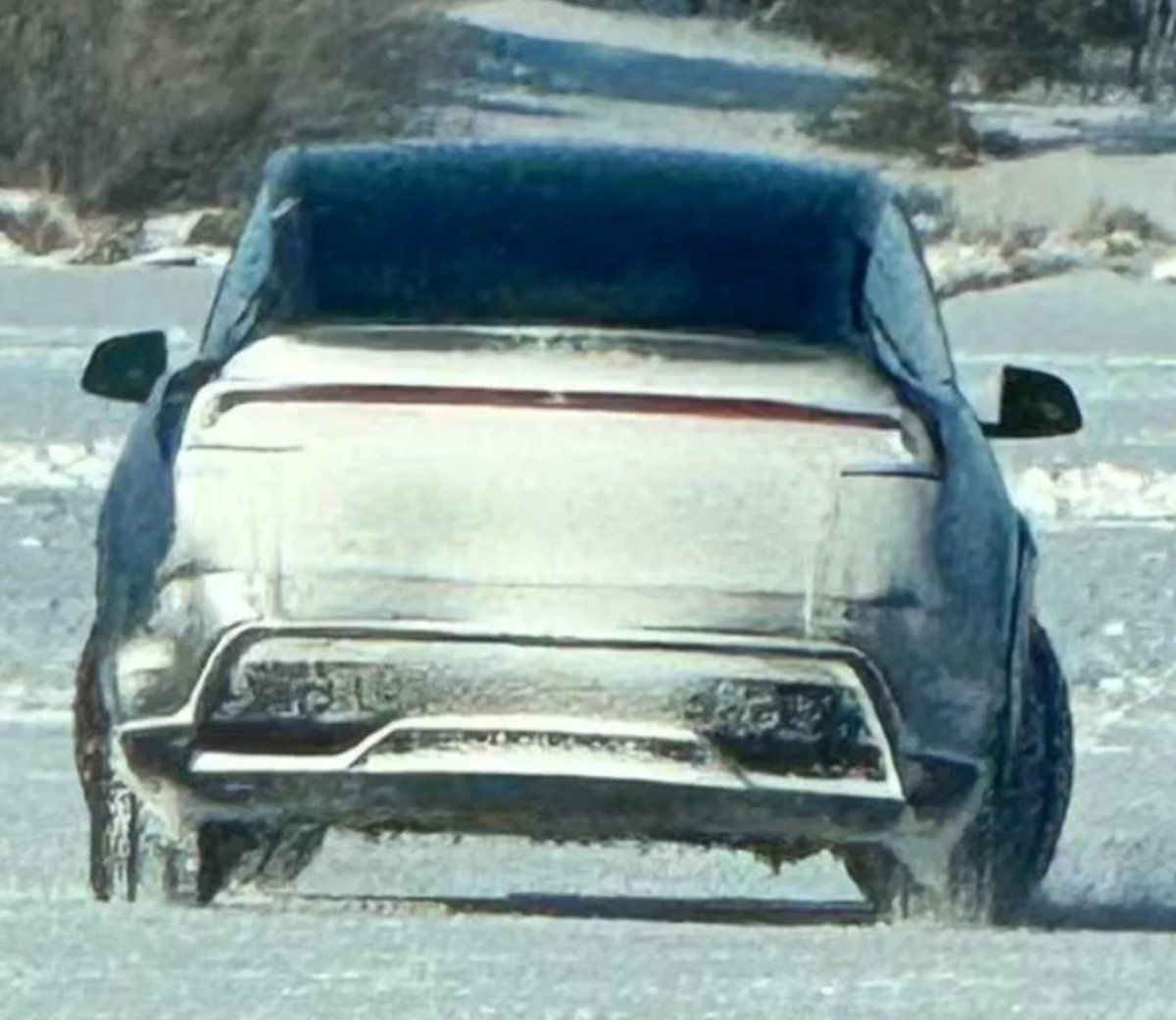
Similar to the Cybertruck, the front light bar acts as daytime running lights, while the lower mounted lights act as the actual low beams and high beams. What’s interesting is that the newly uncovered photos reveal what looks like two gaps in the light bar. Most Tesla fans agree that it’s not a great look and would much rather have a continuous light bar across the front of the vehicle.
On the rear side, we’ve also seen a rear light bar in some leaked images, but others show a totally different rear design that doesn’t integrate a light bar but instead has a one-piece tail light and a set of bottom lights. We’re not quite where Tesla will go with the rear, but it's likely to be the one-piece + set of bottom lights, as the bottom lights are a legal requirement in North America, Europe, and China.
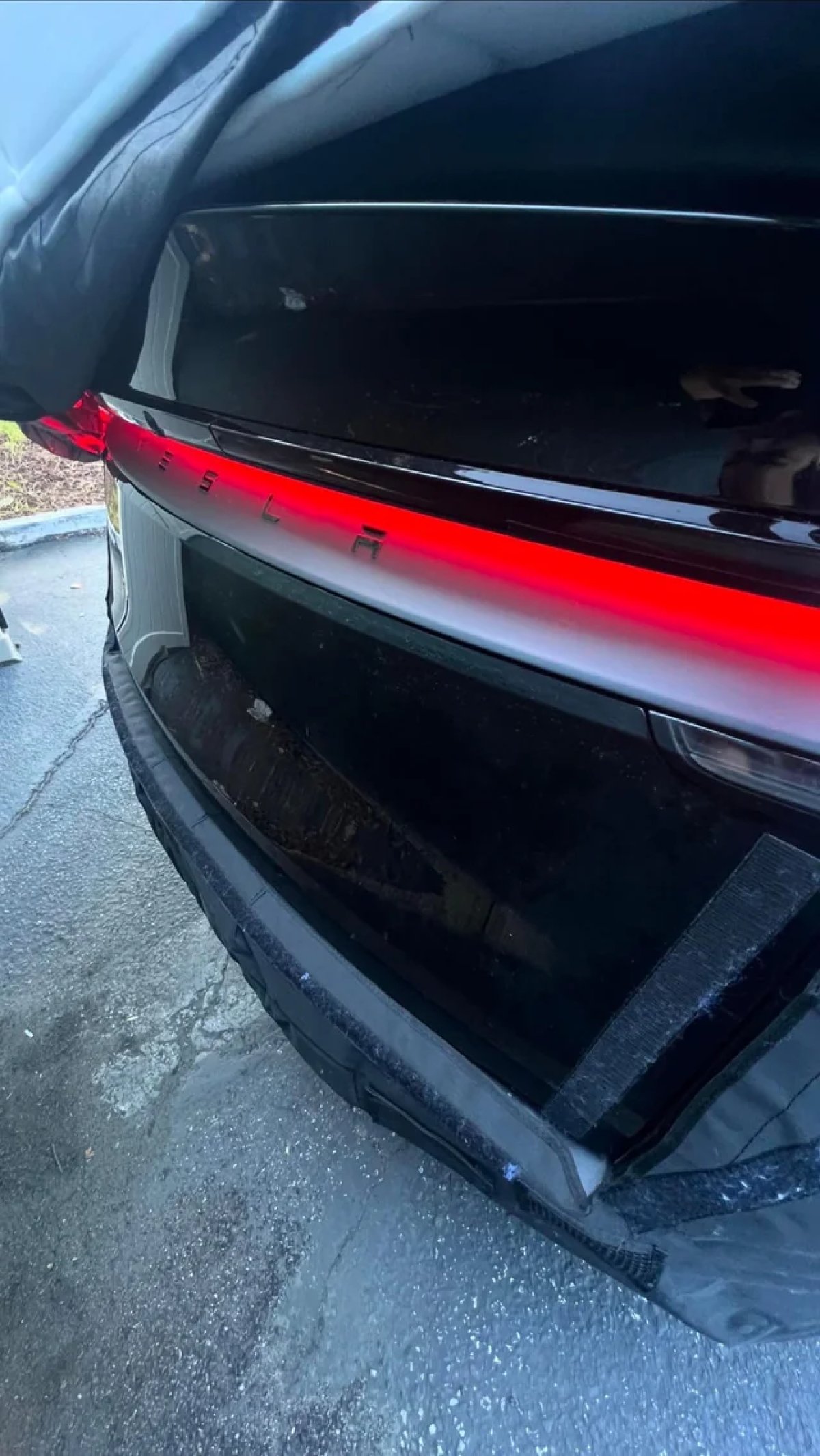
Performance-Only Fascia
The Model 3 Highland’s performance variant received an updated fascia that helps direct air to the wheels and brakes for cooling - and we expect a similarly designed, more aggressive fascia to arrive with the Performance variant of Juniper.
Interior
The Model 3 Highland received fantastic interior upgrades, so we expect to see most, if not all of them arrive on the Model Y Juniper as well.
Ventilated Seats
Just like the Model 3 Highland, we expect Juniper will be equipped with ventilated seats, which brings a fairly premium-level feature to a vehicle more aimed at the mass market. Ventilated seats have always been a big ask from customers, and the Model 3 receiving them was a good sign that this feature will make its way into the Model Y Juniper as well.
Updated Steering Wheel
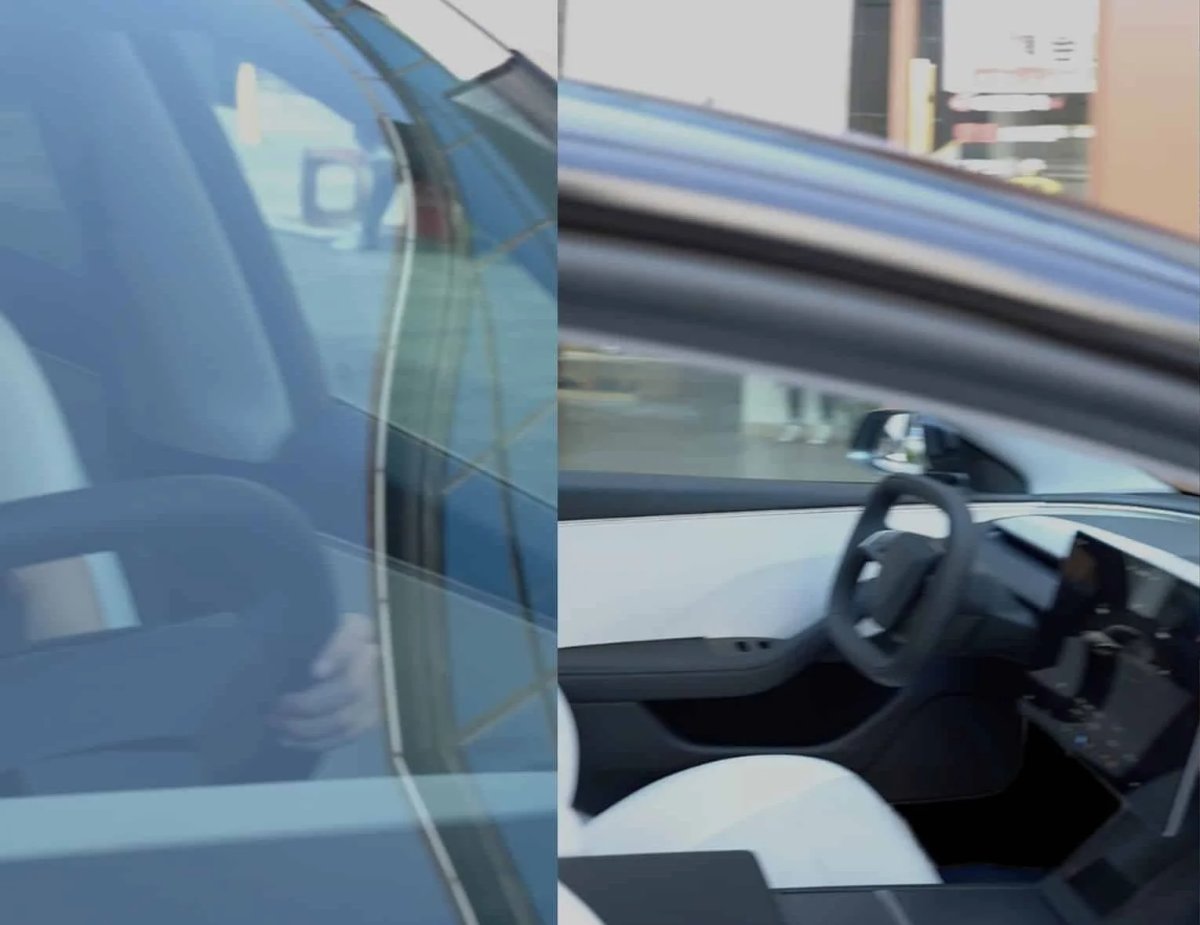
A new photo of the interior not only shows off a stalkless steering wheel with the primary shifter moved over to the screen but also reveals a squircle steering wheel. It’s not clear whether this will make its way to production, but given all the changes to Juniper when compared to the new Model 3, it wouldn’t be surprising if Tesla added another unique feature to the upcoming 2025 Model Y.
If you really miss those turn stalks - we recommend taking a look at Enhauto’s S3XY stalks, which are launching in early 2025! However, make sure you give the signal buttons a try - while they take some time to get used to, they are pretty nice!
Rear Screen
The Model 3 Highland finally brought with it a rear screen to all its variants usable for gaming, media content, and controlling rear climate. It’s a convenient and fantastic update that helps the Model 3 feel just a little more premium.
We expect the rear screen to also make its way to the Model Y Juniper, and costs little to nothing for Tesla to add, as it is run off the main infotainment computer. It actually probably benefits Tesla, as it increases the demand for rear passengers to be able to watch YouTube, Netflix, or something else - which requires Tesla’s Premium Connectivity,
Ambient Lighting
Another set of leaked images also showed off the interior ambient lighting - it looked different enough from the Model 3 to not be the same vehicle. The interior ambient lighting in Juniper seems to go midway down the door rather than ending at the very edge of the door.
Take this one with a grain of salt, though - as this was likely a very early prototype, and the leaked images are from July. Six months is a lot of time to make a lot of changes to a vehicle - especially since Tesla has already introduced ambient lighting in the Chinese Model Y.
6 Seat Variant
A report from a Chinese paper mentioned that a 6-seat variant of the Model Y would make its way to the production lines sometime in late 2025. Reuters also reported that this variant would be a Chinese-exclusive version, but we’re hoping to see this make its way to North America and Europe as well - especially since the 7-seat variant can be extremely cramped.
More Speakers
Tesla puts a lot of effort into their sound systems - fine-tuning them to sound far better than most third-party solutions in other vehicles. The Highland brought with it an additional 3 speakers for the Long Range and Performance variants, and the updated Model Y Juniper will likely have the same additional set of speakers.
FSD Hardware
While the updated Model Y is expected to have a new front bumper camera and a rear camera that’s placed on the trunk lid instead of above the license plate, we don’t expect any other changes on the FSD front.
AI4, not AI5
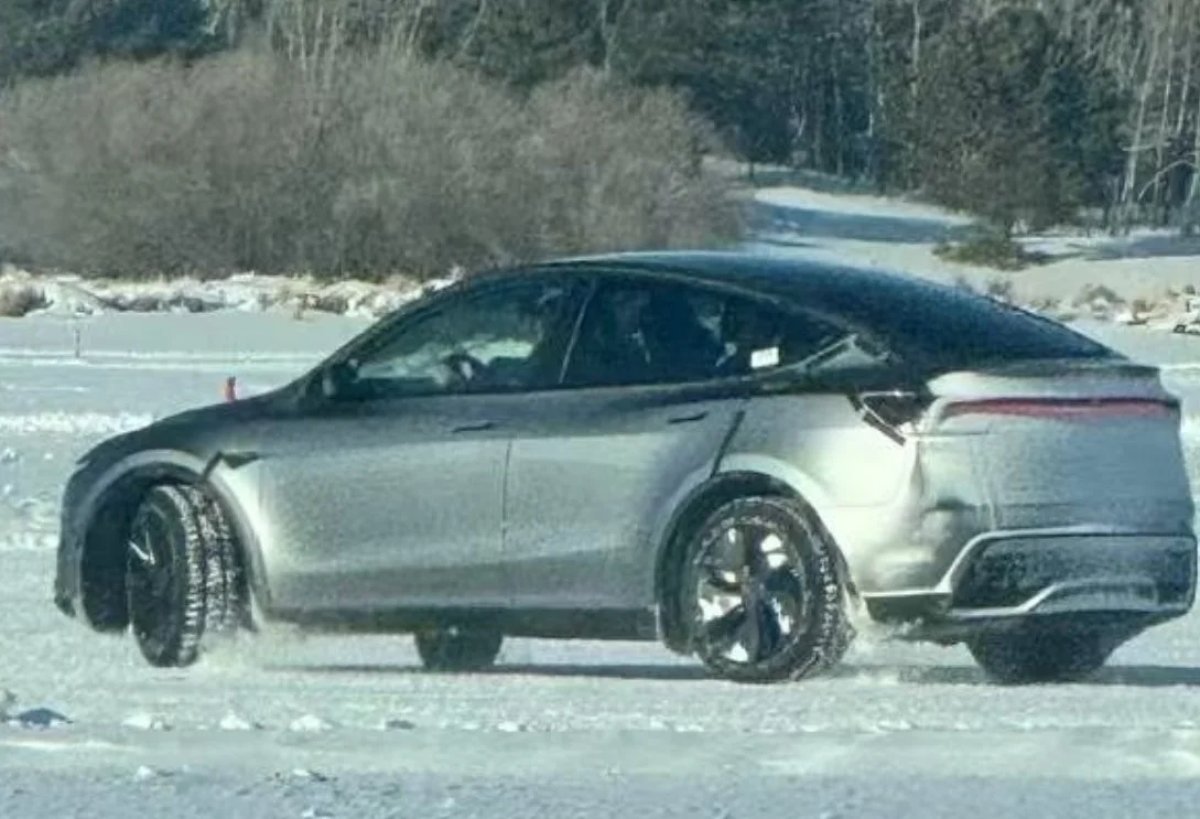
While Elon initially said that AI5 FSD computers would be about 18 months out this summer, we expect the updated Juniper Y will launch far before that, and Tesla will likely perform a similar rollover as what occurred between HW3 and AI4.
That means we can expect that AI4 will be powering the Juniper Y, just like the rest of the Tesla fleet, at least for the time being. If you were hoping to hop onto the latest and greatest FSD hardware with the launch of the Juniper, you may be disappointed.
Instead, you could look forward to Unsupervised FSD making its way to AI4 vehicles sometime in 2025, especially with Tesla looking to deploy robotaxis in the United States already.
Bumper Camera
One big change that we could expect is the arrival of the bumper camera. The prototypes spotted earlier in the year had what appeared to be a camera on the bumper, similar to the one mounted on the Cybertruck. Cybertruck doesn’t actually use this camera for FSD but does use it for Autopark. We were also expecting updated versions of the Model S and Model X with the bumper camera, but we have yet to see that change being made - so it could be that the bumper camera remains Cybertruck exclusive for now.
However, it would be a fantastically beneficial change, and while it isn’t clear whether the bumper camera will make it to production, we at least know Tesla has been considering adding it.
Wrap-Up
That’s everything we know without diving too deep into numerous rumors. We actually did a rumour round-up recently, so if you’re interested in seeing what our research dug up on the Model Y Juniper, check it out here.
It shouldn’t be long now until Tesla officially unveils the new 2025 Model Y — Project Juniper.











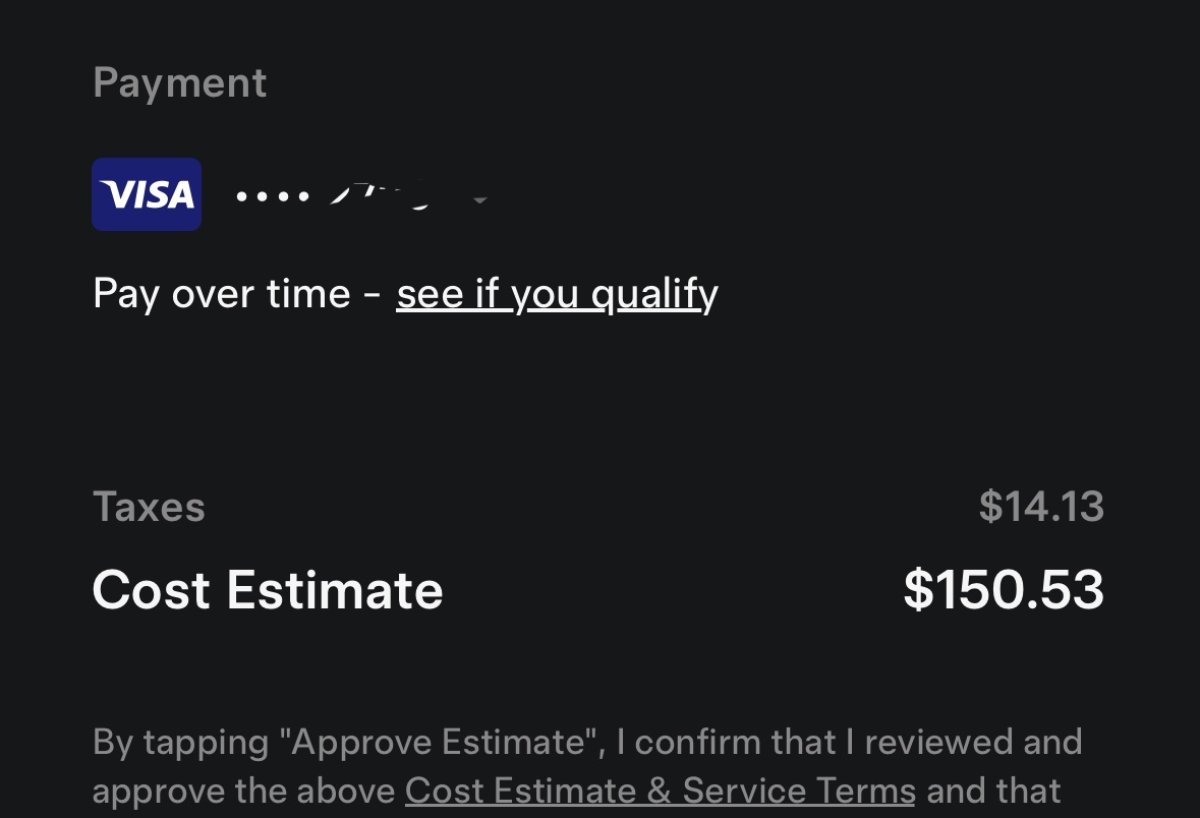
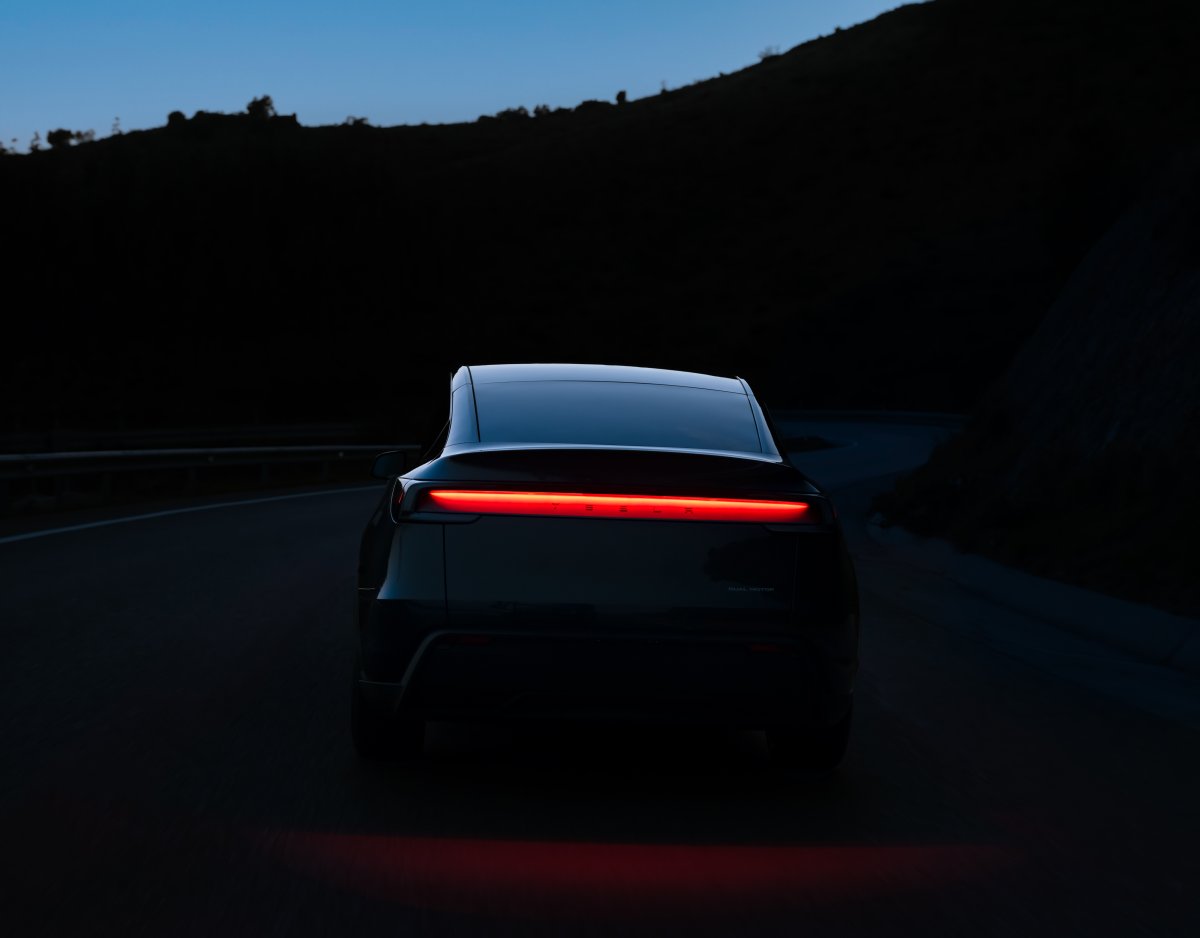


![Tesla Autonomously Delivers Its First Vehicle to Customer — And It’s More Impressive Than Expected [VIDEO]](https://www.notateslaapp.com/img/containers/article_images/model-y-2025/newmodely_77.jpg/382e0312c769d0bb2e1234f7ac556fad/newmodely_77.jpg)
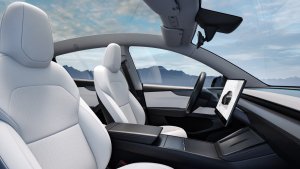
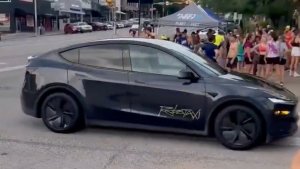
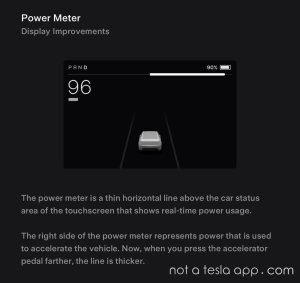
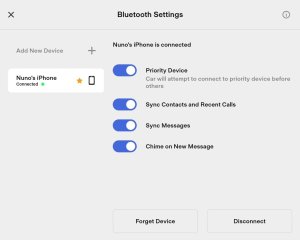
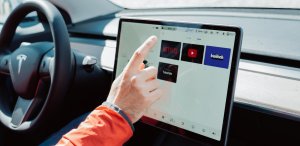
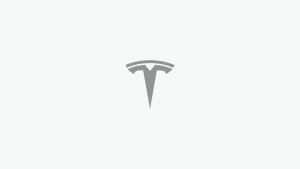
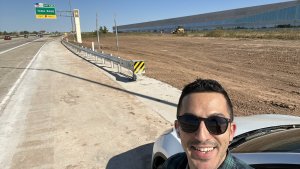
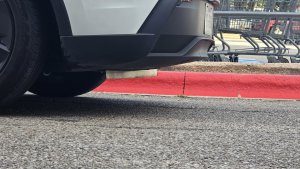
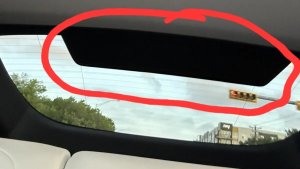
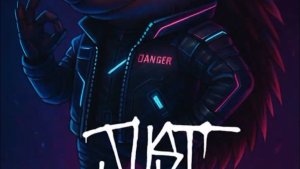
![First Recorded Tesla Robotaxi Intervention: UPS Truck Encounter [VIDEO]](https://www.notateslaapp.com/img/containers/article_images/2025/robotaxi_model_y.jpg/3036d8b53214c2d071c978c42911e451/robotaxi_model_y.jpg)
![First Look at Tesla's Robotaxi App and Its Features [PHOTOS]](https://www.notateslaapp.com/img/containers/article_images/tesla-app/robotaxi-app/robotaxi-app-tips.webp/e643a61975bf712d18dc9aa9a48fdb01/robotaxi-app-tips.jpg)
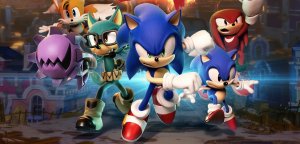

_300w.png)












